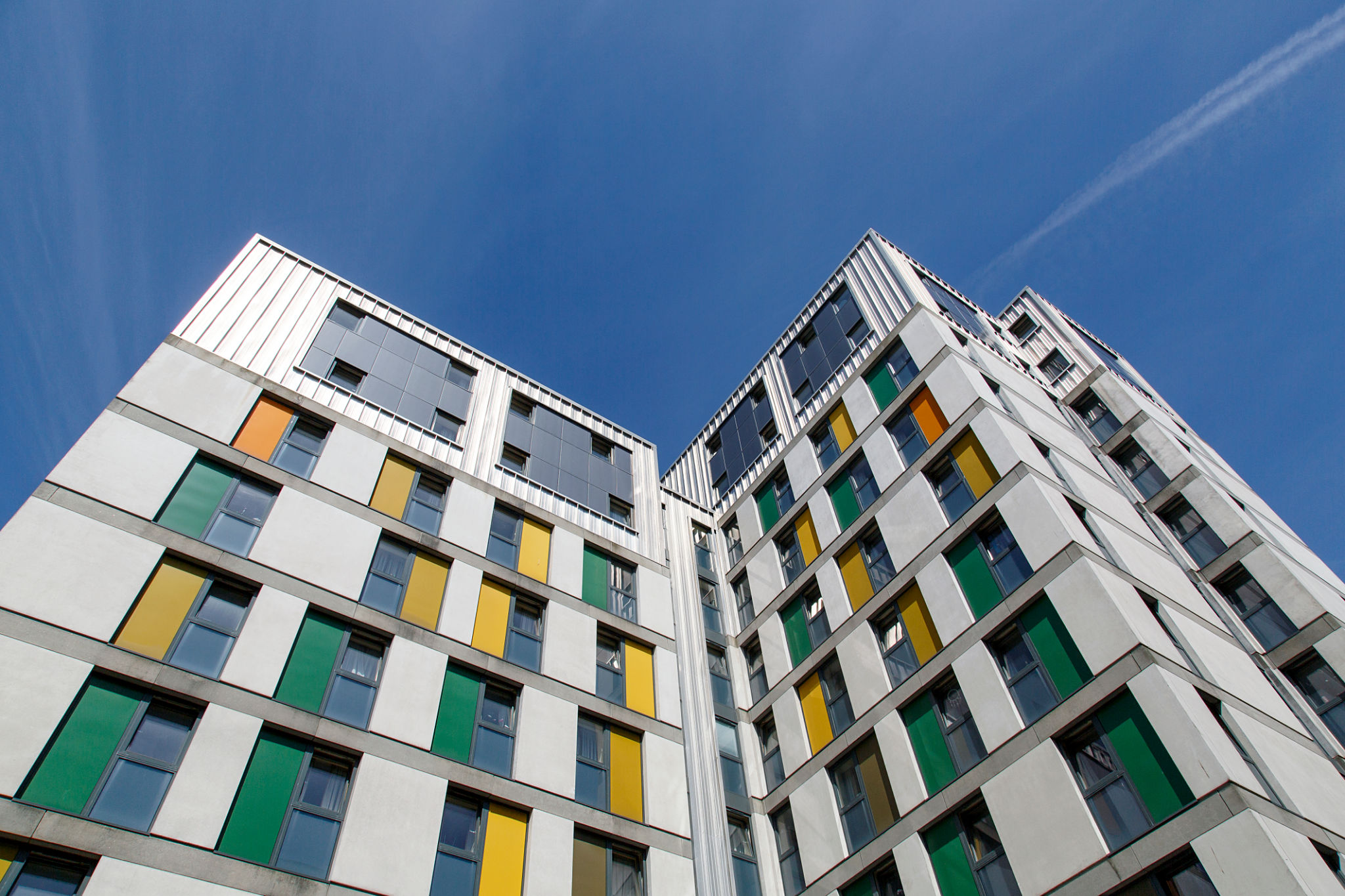The Rise of Co-living Spaces Among Students in Europe: A Dublin Perspective
Exploring the Co-living Trend Among Students
In recent years, the concept of co-living spaces has gained significant popularity among students across Europe. This trend is particularly noticeable in Dublin, where the demand for affordable and community-oriented housing solutions is on the rise. The co-living model offers a unique blend of privacy, shared amenities, and social interaction, making it an attractive option for students seeking a balanced lifestyle during their academic journey.
Co-living spaces typically feature private bedrooms complemented by shared common areas such as kitchens, lounges, and study rooms. This setup not only fosters a sense of community but also provides a cost-effective alternative to traditional student housing. As real estate prices in Dublin continue to climb, students are increasingly turning to co-living arrangements to balance their budgets without compromising on their living experience.

The Appeal of Co-living in Dublin
Dublin's vibrant cultural scene and strong academic reputation attract students from all over the world. However, with this influx comes a high demand for housing, leading to increased rental prices. Co-living spaces offer a solution by providing affordable rents that include utilities and amenities, reducing financial stress for students.
Moreover, co-living environments are designed to encourage social interaction and collaboration. Many students appreciate the opportunity to live with like-minded individuals from diverse backgrounds, creating a multicultural experience that enhances their educational journey. Events and activities organized within these communities further enrich student life, promoting networking and friendships.

Benefits Beyond Affordability
While affordability is a significant draw, the benefits of co-living extend beyond financial considerations. These spaces often come equipped with modern facilities such as gyms, study areas, and fast internet, ensuring students have everything they need to succeed academically and personally. Such amenities can be particularly appealing to international students who might find it challenging to set up these services individually.
Additionally, co-living spaces provide a supportive environment that can ease the transition for students moving away from home for the first time. The sense of community helps combat loneliness and homesickness, offering a built-in support network of peers who are experiencing similar challenges and milestones.

Challenges and Considerations
Despite their many advantages, co-living spaces are not without challenges. Privacy can be a concern for some students who may find shared living arrangements less appealing. Noise levels and differing lifestyles can also pose issues if not managed effectively by property managers.
It's important for students considering co-living to thoroughly research and visit potential spaces before committing. Understanding the community dynamics and rules is crucial to ensuring a harmonious living experience. Additionally, some students may prefer more traditional forms of accommodation after weighing the pros and cons.
The Future of Student Housing in Dublin
The rise of co-living in Dublin reflects broader trends across Europe as urban centers seek innovative solutions to housing shortages and affordability issues. As universities continue to expand and attract international talent, the demand for flexible, community-oriented housing will likely remain strong.
For students, the decision between co-living and other forms of housing boils down to personal preferences and priorities. As this trend continues to evolve, it's clear that co-living will play an integral role in shaping the future of student accommodation in Dublin and beyond.
